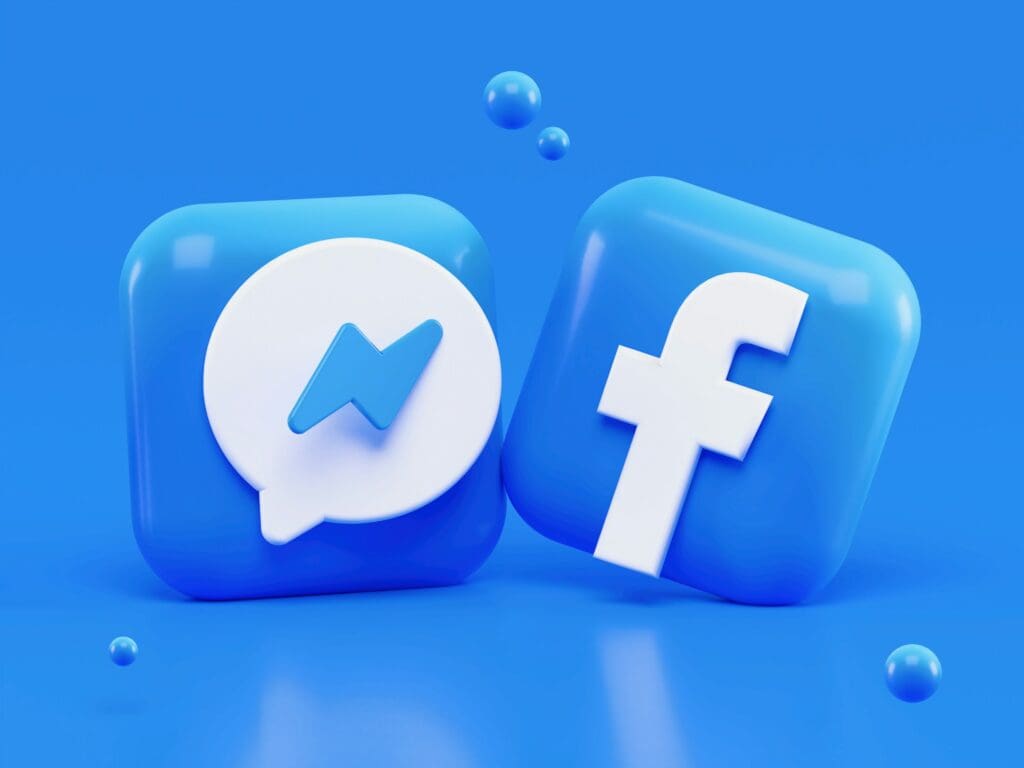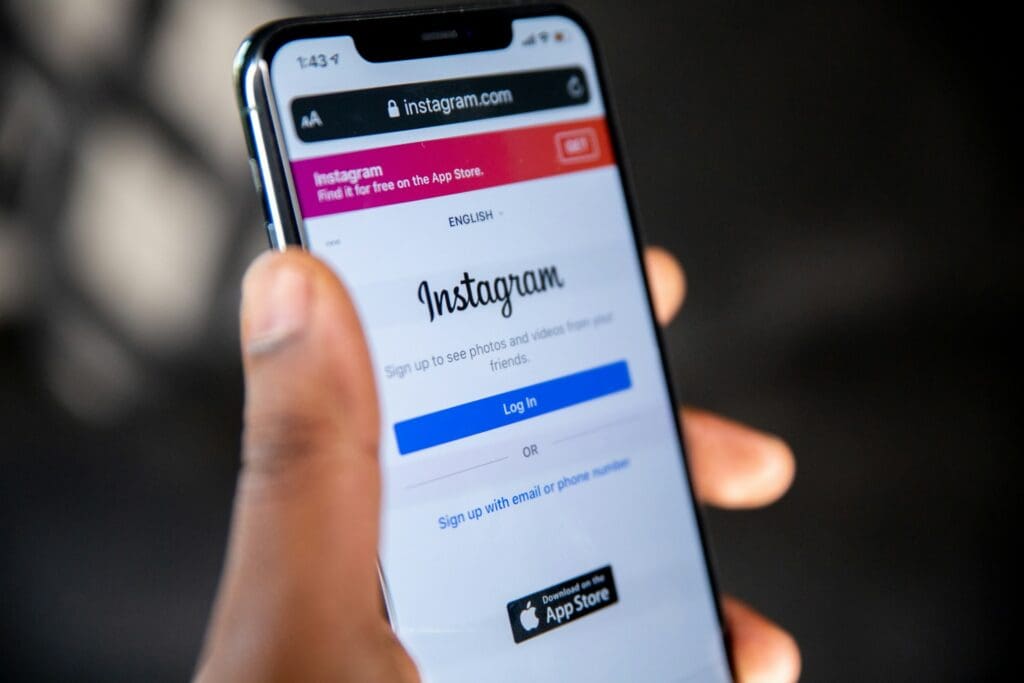As we move deeper into the 2020s, social media remains an essential tool for small businesses to connect with customers and promote their products or services. But with so many different platforms out there, it can be tough to decide where to focus your efforts. Here’s a look at some of the major social networks in 2024 and their pros and cons for small business use:

Pros:
- Ubiquitous platform with over 2 billion monthly users
- Powerful advertising capabilities allow precise targeting
- Facebook Groups useful for building niche communities
- Analytic insights help measure engagement
Cons:
- Declining usage among younger demographics
- Newsfeed algorithm limits organic reach for businesses
- Lots of competition and noise from other companies
- Privacy concerns and ad-tracking fatigue among a lot of users
In 2024, Facebook remains the largest social media platform, making it a must-use channel for small businesses, especially if you’re aiming for people over 40. However, you’ll likely need to invest in advertising to get your content seen due to its restrictive newsfeed algorithms. Focus on building a community in relevant Groups.

Pros:
- Highly popular especially among millennials/Gen Z
- Visual-first platform great for product teasers/inspiration
- Increasing e-commerce integration with shopping features
- Stories format allows playing with fun, casual content
Cons:
- Posts need to be highly visual and stylized
- Gaining traction more difficult without influencer partners
- Younger audience may not convert to customers as easily
- Frequentapp updates change best practices
Especially since the rise of TikTok, Instagram’s cool-factor has dimmed somewhat but it remains an essential platform, particularly for product-based businesses with strong visuals. Investing in influencer collaborations and Instagram ads is increasingly important.
Twitter/X

Pros:
- Real-time conversation about current events/trends
- More niche and regional audiences to connect with
- Ability to interact directly with customers and influencers
- Less saturation/noise compared to larger platforms
Cons:
- Has become quite contentious since the takeover by Elon Musk
- Short lifespan for any given tweet reduces visibility
- Abundance of divisive political debates
- Platform has struggled with growth/monetization
For time-sensitive updates or joining niche industry conversations, Twitter/X is still valuable for small businesses looking to engage audiences interested in their topic area. Brevity and consistency are needed to effectively leverage Twitter’s timeline.
TikTok
Pros:
- Tremendous growth and viral phenomenon
- Extremely engaged younger audience
- Quirky/humorous video content performs well
- More opportunities for accounts to “blow up” naturally
Cons:
- Very new in 2024, best practices still emerging
- Vertical video format is different from other platforms
- Content is easily replicable and shared outside TikTok
- Userbase still skews quite young
The hot new social app, TikTok presents amazing opportunities but also challenges for small businesses trying to reach its critical mass of teen/youth users ( although more and more 20/30/40- somethings are on the platform now too). Brands need to embrace TikTok’s wacky video conventions and meme culture for content to take off.
Pros:
- The preeminent professional networking platform
- Content has more credibility than other networks
- Precise targeting of ads by job roles and industries
- Less noise/competition for B2B company posts
Cons:
- Corporate/professional focus limits audience size
- Content must stay firmly on work/career topics
- Advertising costs can be higher than other platforms
- Less multimedia/visual capabilities
For B2B operations or hiring/recruiting needs, LinkedIn is probably your best option on social media. However, its business focus means it may not be as crucial for B2C businesses targeting general consumers.
Top Tips on What and How to Post on Social in 2024
- Make content immersive and interactive whenever possible (live video, polls, QRcodes, etc.)
- Prioritize visuals and aim for a consistent brand aesthetic
- Run paid ads and boost top posts – organic reach is limited
- Post consistently but don’t overload followers with too much
- Leverage current trending topics/memes/hashtags
- Partner with relevant influencers and “collab” creators
- Respond quickly to comments and messages
- Focus on building communities in Groups/niche followings
- Experiment with emerging platforms and content formats
- Most importantly – create content that truly resonates with your target audience!
